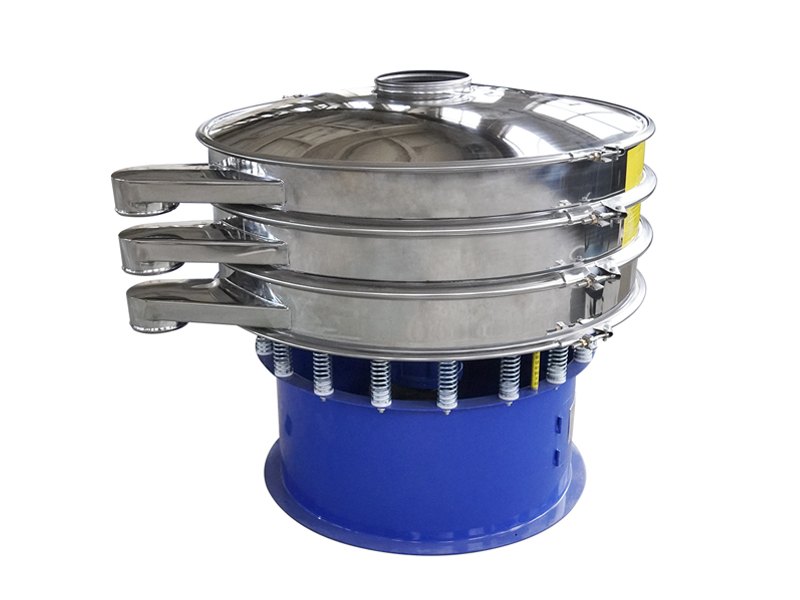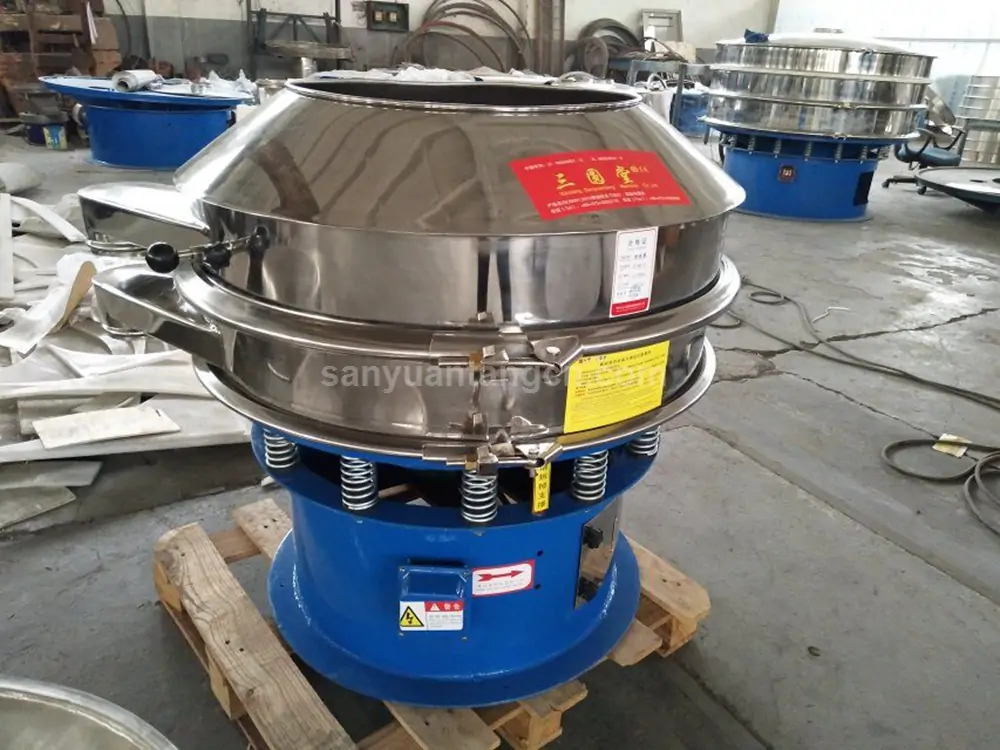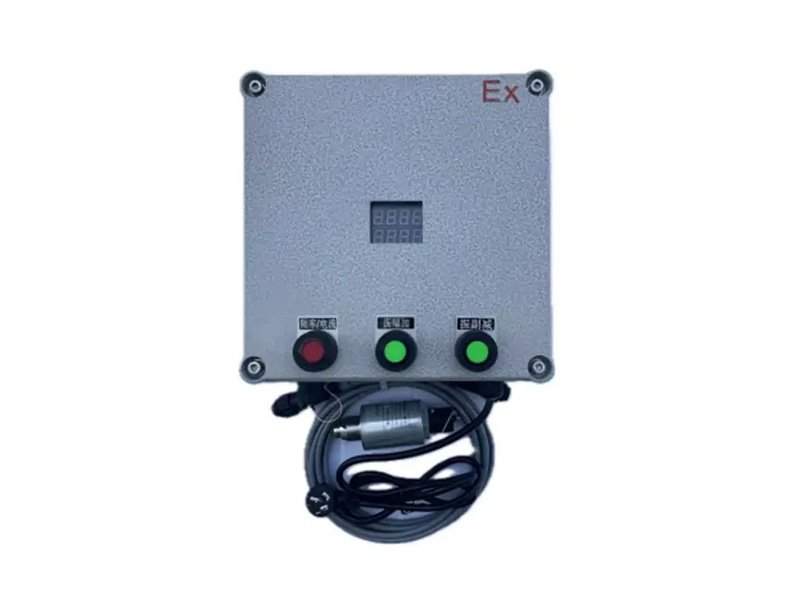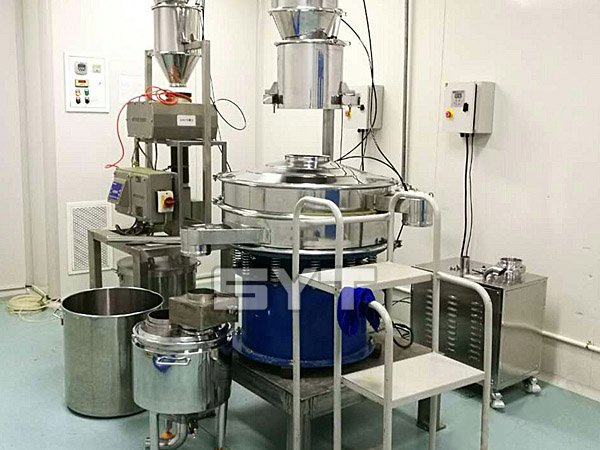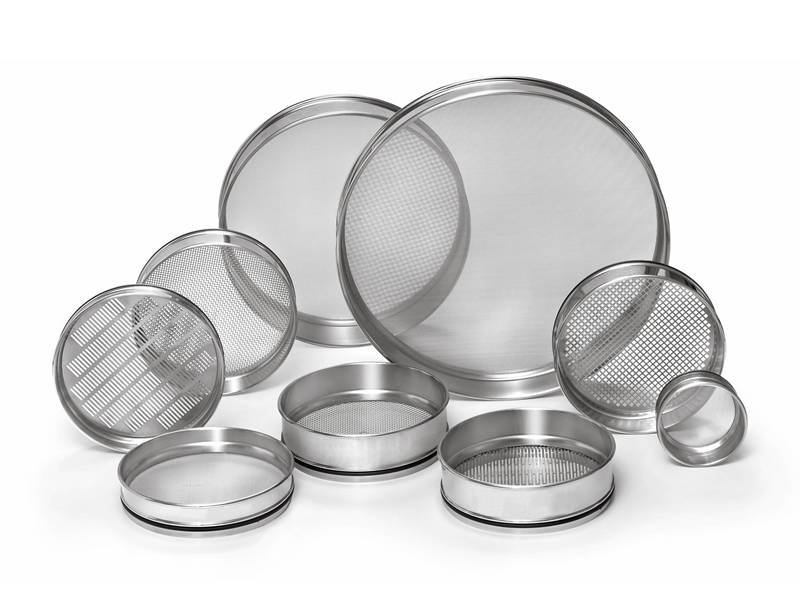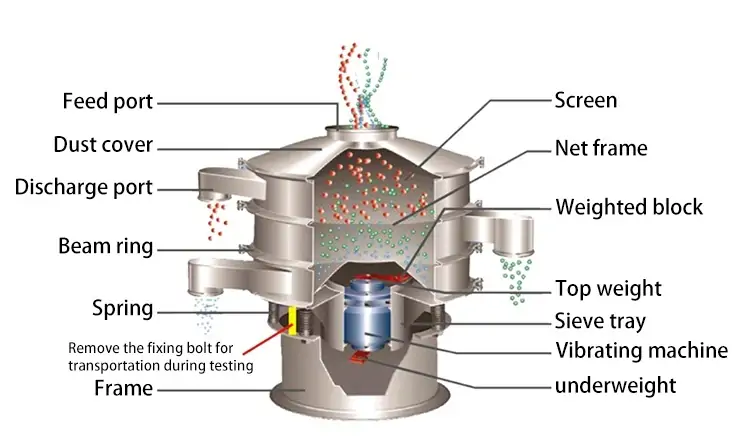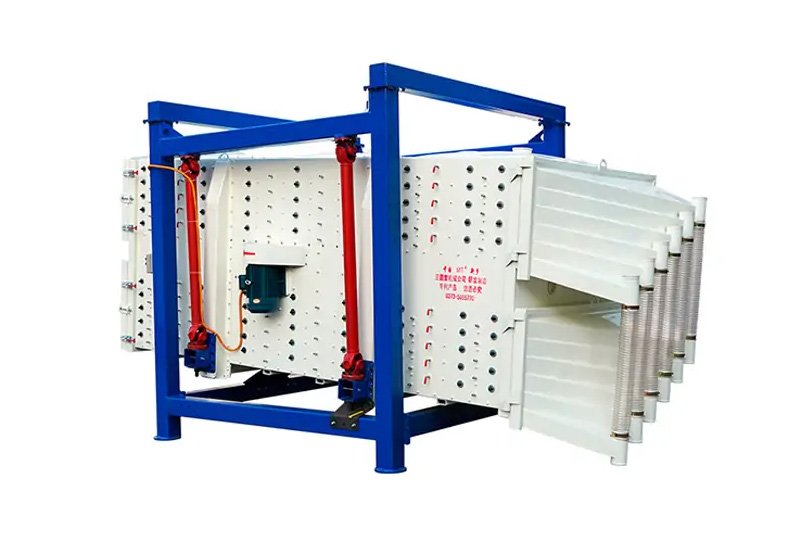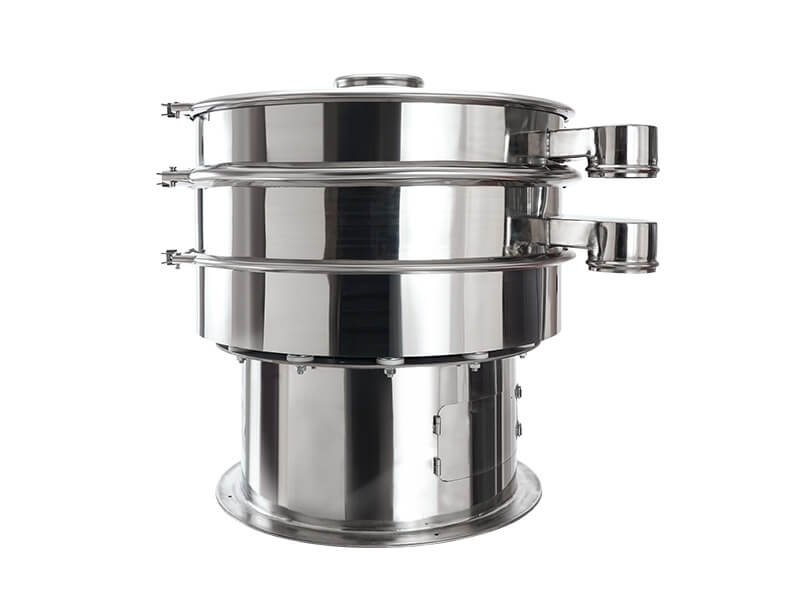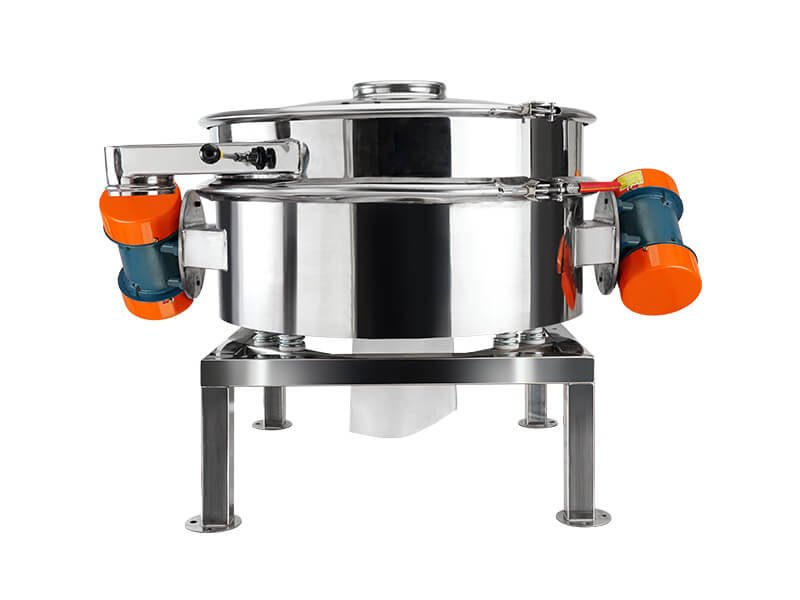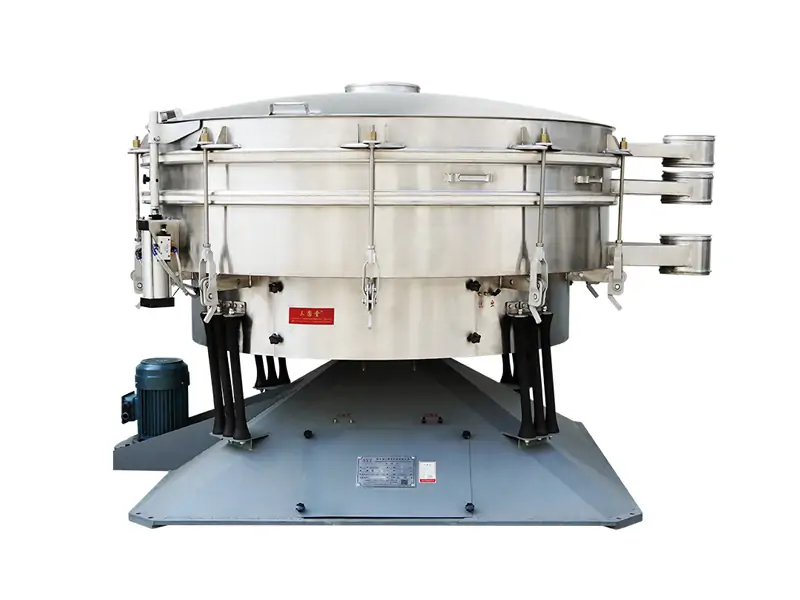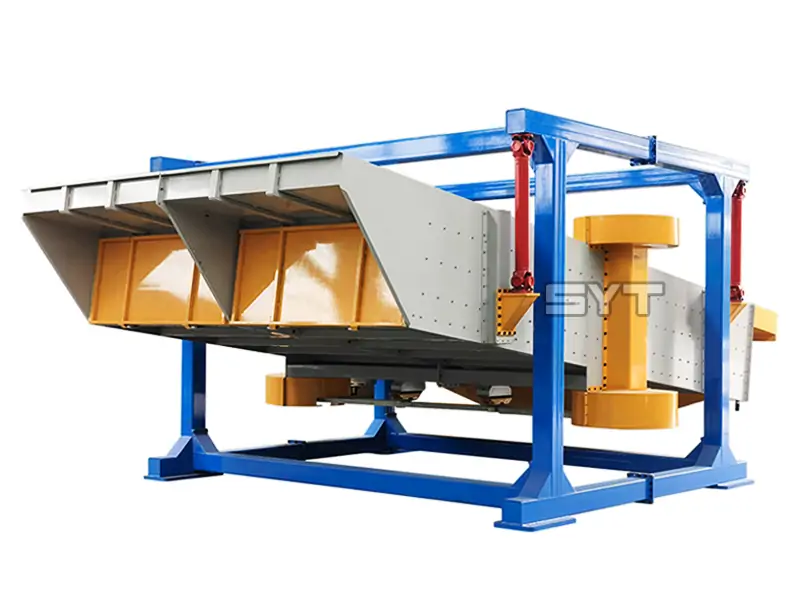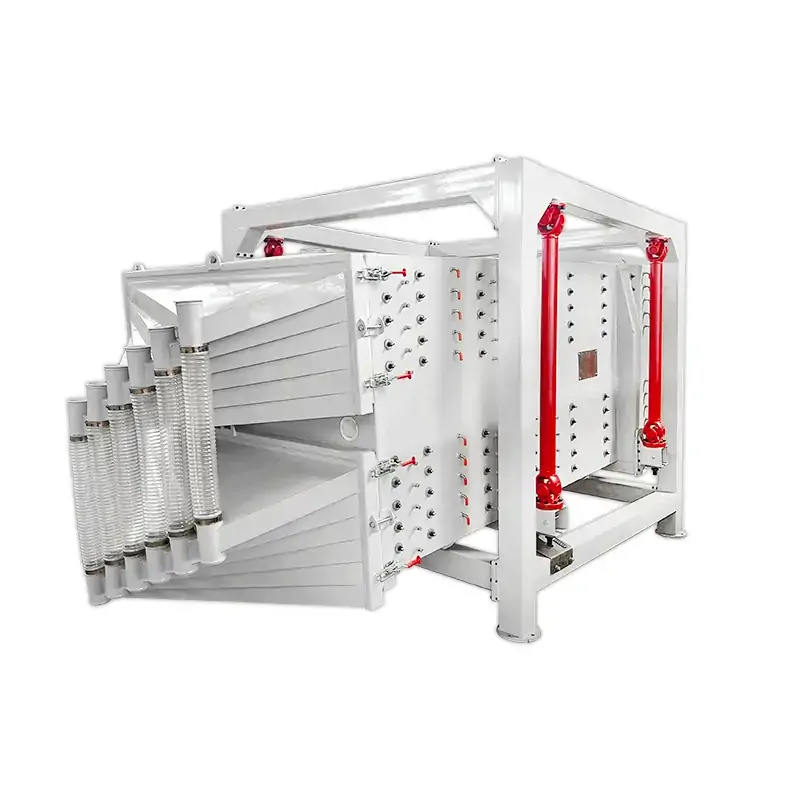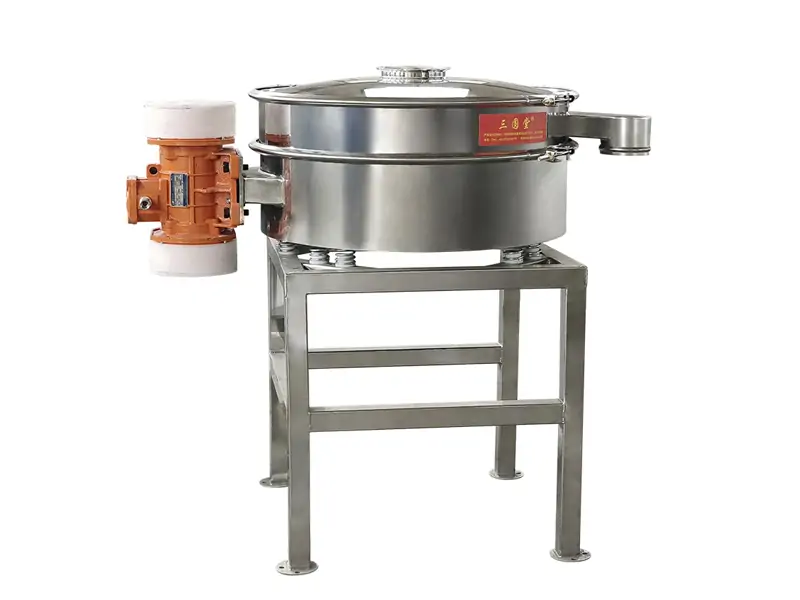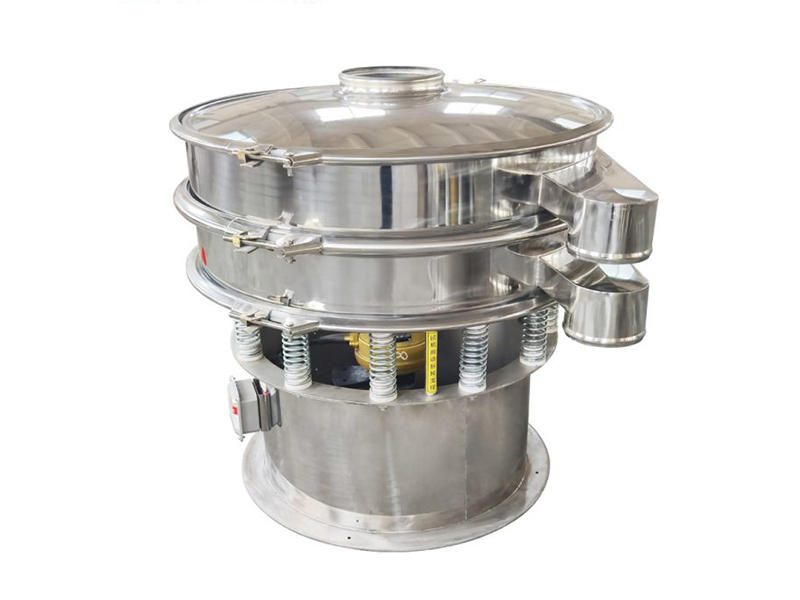When selecting vibrating screen models, consider the material’s characteristics and combine the requirements of size, accuracy, output, etc. The right screening equipment can ensure the material screening effect and improve production efficiency. The following are several key factors for choosing a vibrating screen model:
Table of Contents
Select according to material characteristics
First, we need to collect some key data, which not only helps us make more accurate screening decisions, but also ensures the best performance of the screening equipment. Next, we will introduce in detail how to choose a vibrating screen according to the characteristics of the material.
Material name and basic properties:
The material name is the primary information when choosing a vibrating screen model. After knowing the name of the material, we can quickly obtain the physical properties of the material, such as particle size, bulk density, fluidity, etc., and chemical properties such as acidity and alkalinity, oiliness, and electrostatic properties. In addition, it is also necessary to consider the material selection of the vibrating screen and whether sealing measures are required. For example:
Petroleum fracturing sand:
The bulk density of this material is usually between 1.5-2.0, and it is non-acidic, non-oiled, and non-static. Usually, a vibrating screen made of carbon steel is used. The mesh size can be selected from 20 mesh, 40 mesh, 70 mesh, and 120 mesh according to the screening requirements, and the precision requirement is very high. Usually, a high-precision screening that can reach 99% is selected. The commonly used sand screening equipment is a square gyratory screen with an output of 6-8 tons per hour.
Flour:
As a food raw material, the bulk density of flour is about 0.5, and it is non-acidic, non-oil, but has a small amount of static electricity. Food-grade materials such as 304 or 316 stainless steel must be used when choosing a vibrating screen. The selection of the screen can be 24 mesh, 40 mesh, 60 mesh, or 80 mesh according to the purpose of the flour. It is particularly important to note that to prevent dust explosions, an explosion-proof motor is recommended. Usually, a 1-meter diameter inline sifter machine or rotary vibrating screen has a 60-mesh mesh output of 500 kg per hour.
Pesticide powder:
When screening pesticide powder, the toxicity must be considered first, and the equipment needs to be fully sealed. For some highly toxic substances, pressure testing is also required to ensure that there is no leakage. In addition, the acidity and alkalinity (PH value) of pesticides will affect the degree of corrosion of equipment, so it may be necessary to use corrosion-resistant materials, or even consider a double-sided full-weld structural design. For some materials that cannot come into contact with oxygen, an inert gas inlet needs to be designed, and materials that avoid metal contact may need to be sprayed with Teflon coating.
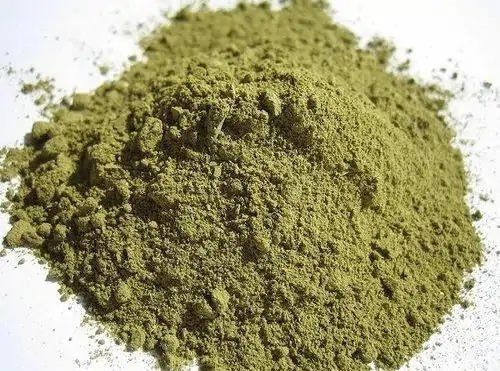
Select According to Screening Accuracy and Capacity
When choosing vibrating screening equipment, not only the basic properties of the material should be considered, but also the screening accuracy requirements and output requirements should be considered comprehensively. Output is one of the most critical factors in the vibration screening type, which directly determines the type of equipment and equipment model to be selected. If the output data is inaccurate or the manufacturer is inexperienced, it may cause the selected equipment to fail to meet the expected output requirements, resulting in economic losses to customers. On the contrary, if an equipment with too large an output is selected, the customer may need to pay more but fail to achieve the expected value. Therefore, choosing the right model based on output requirements is a necessary professional skill for every equipment supplier.
The following are some practical experience sharing of our company:
quartz sand Screening :
For example, the customer requires screening 24 mesh quartz sand with an output of 1 ton/hour. At this time, the most suitable equipment is a 1-meter diameter rotary vibrating screen, which can not only meet the customer’s production needs, but also provide the most cost-effective solution.
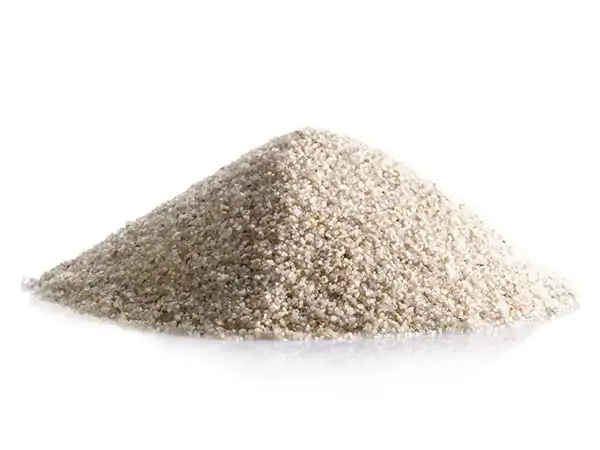
If the customer’s requirements are increased to 5 tons/hour, you need to choose between a linear vibrating screen and a circular tumbler screen. The price of a linear vibrating screen is relatively favorable, but it occupies a large area and has a slightly lower screening accuracy; while the circular swing screen has higher screening accuracy, occupies a smaller area, and is more convenient to replace the screen. If the production demand is further increased to 15 tons/hour, you can choose 2-3 linear vibrating screens or circular swing screens, or even consider a square gyratory screener. In contrast, the square gyratory screener has higher screening accuracy, occupies a smaller area, and is more convenient to replace the screen, but its price will be slightly higher.
Seasoning screening:
Take the customer’s seasoning screening needs as an example. They need to mix salt, monosodium glutamate, chili, pepper, and other seasonings in a large mixing barrel in proportion. When the raw materials are unpacked and put into the mixer, they may carry packaging debris or lumps, and these impurities need to be filtered out through a vibrating screen.

The customer required a screen with 8 meshes and a production capacity of 5 tons/hour. At the same time, the equipment was required to be as small as possible because the space for the feed port of the agitator was limited. In this case, the processing capacity of the rotary vibrating screen could not meet the requirements, the linear vibrating screen was too long and occupied insufficient space, and the circular swing screen could not be installed due to its high height. We finally recommended an inline vibratory screen with a diameter of 1200mm, which perfectly met the customer’s production requirements and space constraints.
Select According to The Screen mesh Size
The screen mesh size is one of the most important parameters in the vibrating screening type, which directly affects the screening effect. The screen mesh number refers to the number of mesh holes per inch length in the metal woven mesh. The larger the mesh number, the smaller the aperture. The mesh number of the screen is closely related to the particle size of the material, and the mesh number of the screen can usually be converted into the aperture. The mesh number of the common single-layer metal wire woven mesh in the Chinese market ranges from 4 mesh to 625 mesh.
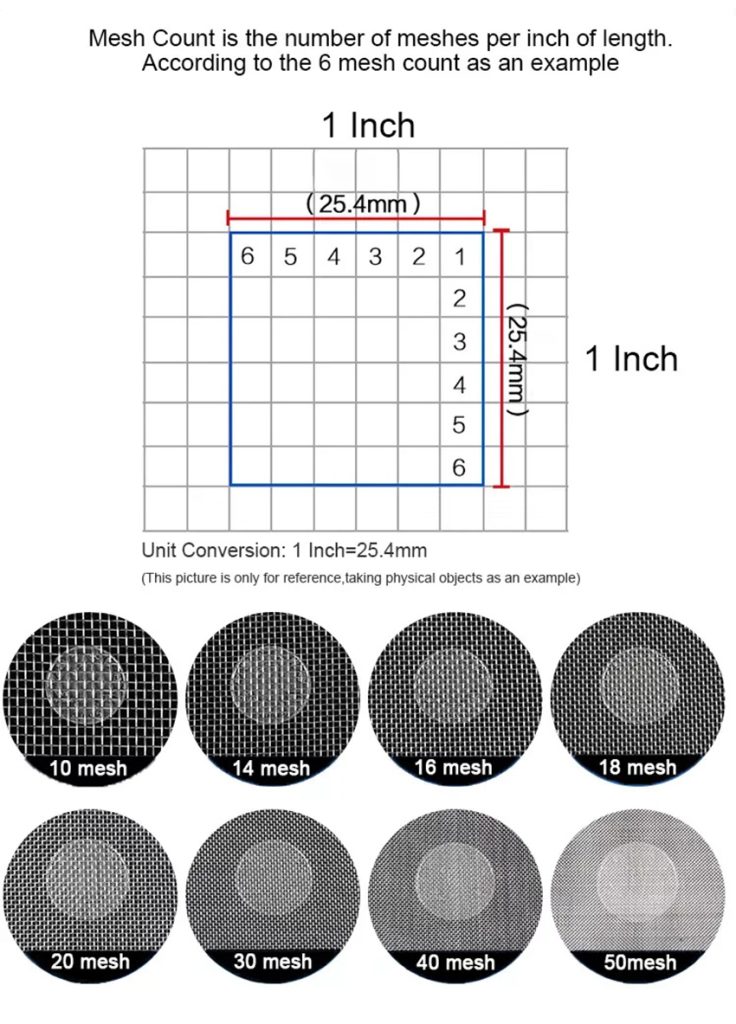
When choosing a vibrating screen, determining the mesh number of the screen is the first step, because the model of the vibrating screen cannot be selected without determining the mesh size. The mesh size of the screen and the characteristics of the material jointly determine the appropriate screening equipment and cleaning method. The following are some common screening cases:
Screening ore:
If the customer needs to screen ore with a larger particle size and the mesh size is 5cm (i.e., a larger aperture), then a heavy-duty vibrating screen is the best choice. For ore screening with a particle size between 3mm and 0.1mm, a square swing screen or a linear vibrating screen is more suitable. When it is necessary to screen ore powder with particles as small as 0.1mm to 0.04mm, a rotary vibrating screen or a circular vibrating screen is ideal because these two devices can be used with an ultrasonic device to effectively improve the screening accuracy.

flour Sieving:
When the customer chooses a screen with a mesh size of 6 to 14, it is usually used for impurity screening, and a straight screen is most suitable. For flour screening with a mesh size of 40, it is generally used for screening before packaging, and a straight screen or a rotary vibrating screen can be selected. If the customer requires higher precision screening, the mesh size is between 60 and 80, which is usually used to make high-quality flour or high-end bread. At this time, the rotary vibrating screen or circular tumbler screen is a more suitable choice, and the inline vibratory screen is no longer applicable.
In summary, the selection of the mesh size should be determined according to the particle size of the material, the screening accuracy requirements and the production output. Understanding the characteristics of the material and the screening requirements will help to accurately select the vibrating screen model, ensure the best screening effect, and improve production efficiency.
Through these actual cases, we can see that the selection of suitable screening equipment should not only be based on material characteristics and screening accuracy, but also fully consider the output requirements and site conditions. As an equipment supplier, we need to provide accurate equipment solutions according to the specific requirements of customers to ensure the efficient operation of the equipment and bring the greatest value to customers.
Conclusion
Through these actual cases, we can see that the selection of suitable vibrating screening equipment should not only be based on material characteristics and screening accuracy, but also fully consider the mesh size, output requirements, and site conditions. As an equipment supplier, we need to provide accurate equipment solutions according to the specific requirements of customers to ensure the best screening effect, and bring the greatest value to customers.


